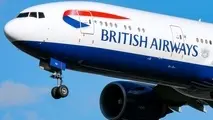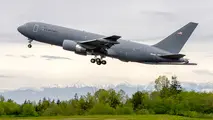Falconet outlines fuel savings from flight optimisation software

Finnish flight optimisation specialist Falconet has developed a software tool for pilots to reduce fuel consumption during the climb and cruise phases.
The software takes into account meteorological information to recommend specific speed and altitude adjustments to maximise the benefit from – or reduce the negative impact of – prevailing weather conditions.
Falconet chief executive Leo Nyman – a business jet pilot – tells FlightGlobal the software was tested during 12 Airbus A330 flights conducted by a European airline between November 2016 and May 2017.
Another carrier evaluated the solution via desk-based analysis.
Nyman says the A330 trial showed fuel savings of 1% and that flight times could be marginally improved versus conventional navigation practices.
The software facilitates speed and altitude adjustments for the climb and cruise phases above 10,000ft. Nyman says fuel savings could be increased to 2% if the descent phases were to be included in the vertical navigation optimisation initiative.
He adds that savings can increase to 4% if lateral navigation optimisation complements the altitude and speed adjustments. Nyman acknowledges the greater complexity of optimising lateral navigation. But he notes that Falconet has identified "some features" to initially work on and will expand the activities at a later stage.
The trial was aimed at determining benefits of the system and ensuring that it did not increase pilot workload.
Pilots use the flight optimisation software as part of their regular flight preparations. While the program is currently available only as an Apple iPad application, Nyman says the aim is to release versions for other devices that might be used for airlines' flight preparation procedures.
Once the pilot has entered flight details, the software downloads the relevant weather data for the applicable route and calculates points at which speed or altitude adjustments will be made.
Nyman says the pre-flight weather data is refreshed hourly, and that Falconet is looking at options to update the information via datalink in flight.
He says adjustments during the climb are within the range that can be made at pilots' discretion. For changes during cruise, Nyman concedes that air traffic control clearances might be required in certain areas. But he argues that these changes, too, are within the range of current practice for flight optimisation.
Falconet is in discussions with around 12 airlines for potential deployment of the system, says Nyman.



